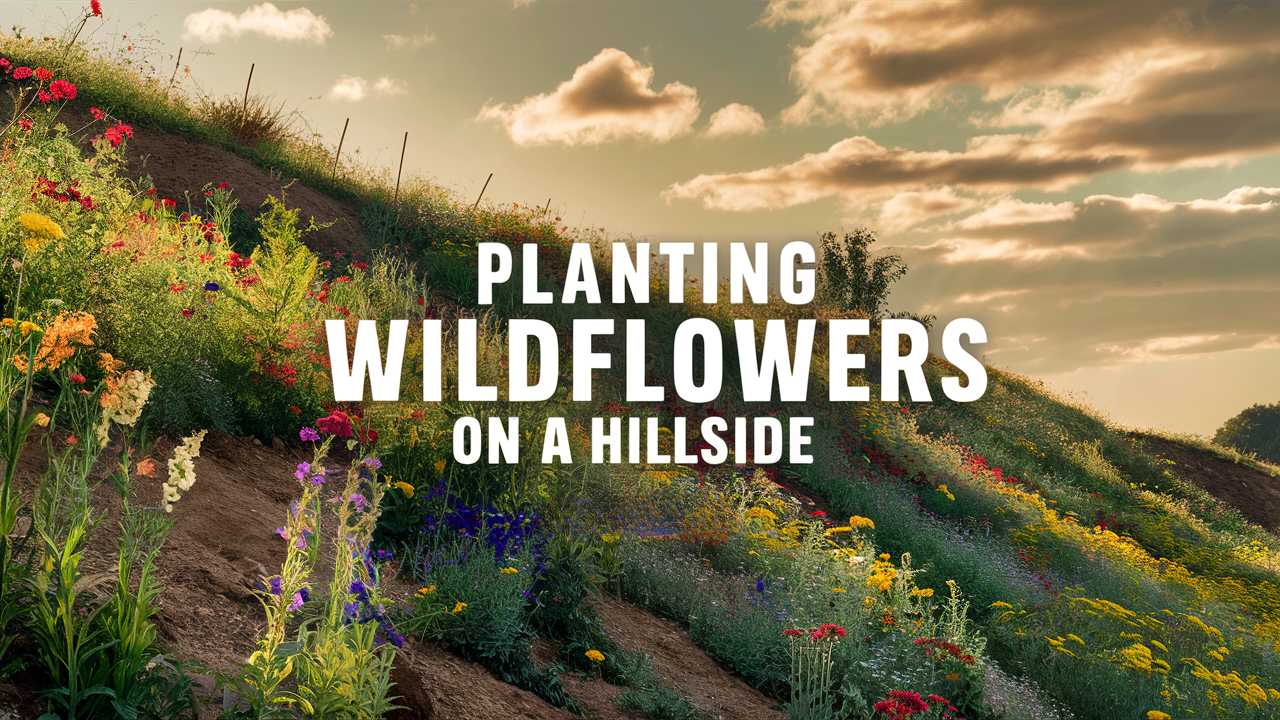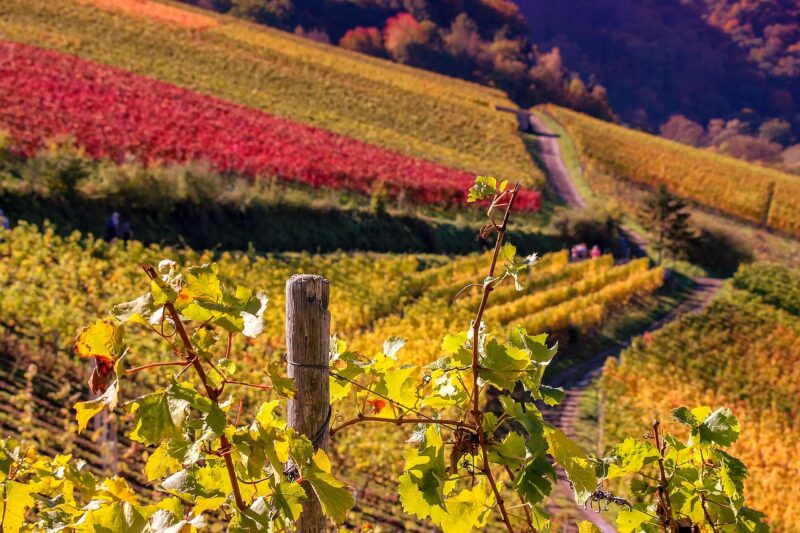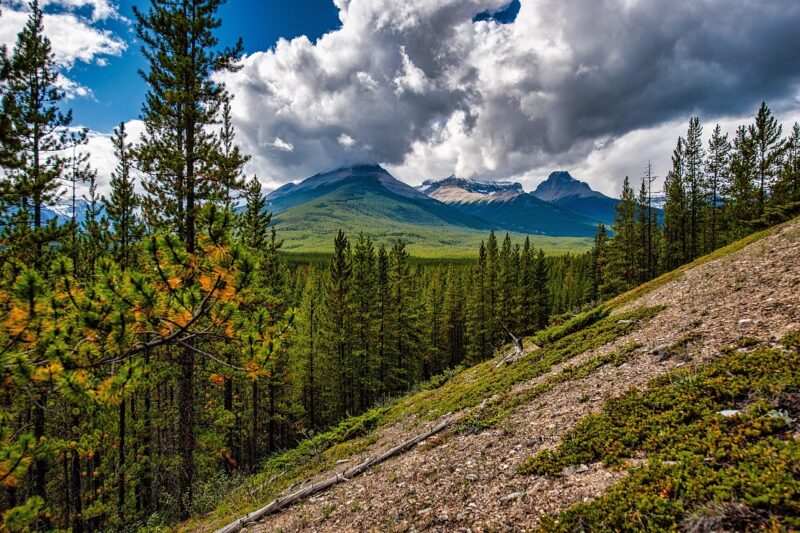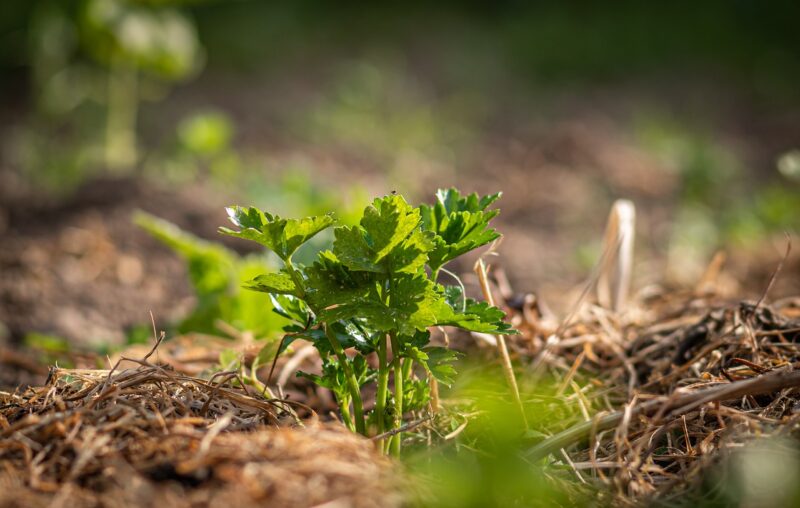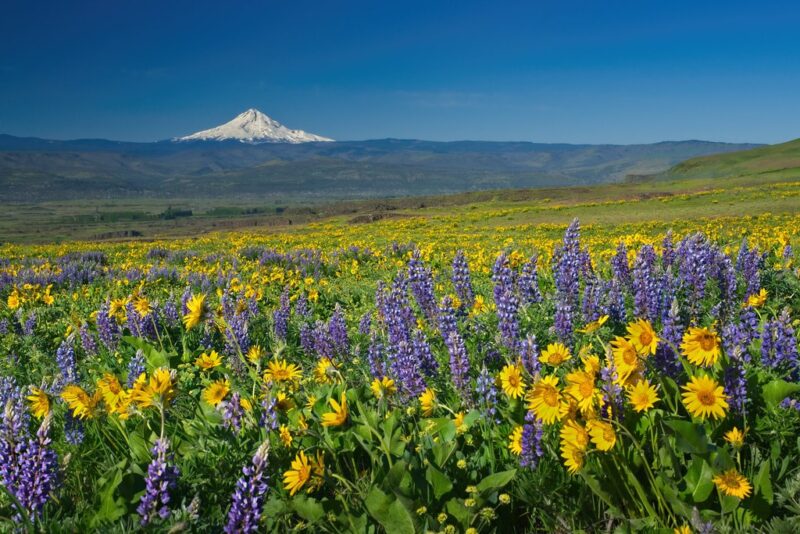In this guide, we will cover the essential aspects of preparing, planting, and nurturing wildflowers on slopes, offering insights that will help you achieve a thriving wildflower hillside.
How To Prepare For Planting A Slope
Before diving into the exciting process of planting, it’s crucial to take the time to prepare the slope properly. The preparation phase sets the foundation for successful growth and development, allowing your wildflowers to flourish in their new environment.
Assess the Site: Evaluate the slope’s conditions, including soil type, sun exposure, and drainage. Different wildflower species thrive in varying conditions, so understanding your landscape is vital.
Soil Testing: Conduct soil tests to check pH levels and nutrient content. A pH between 6.0 and 7.0 is usually ideal for wildflowers. Based on the test results, you may need to amend the soil to optimize conditions.
Clear the Area: Remove any competing vegetation, including grass, weeds, or invasive plants. A clean slate ensures that the wildflowers will have the best chance of establishing themselves without competition for resources.
Loosen the Soil: For compacted or hard soils, use a garden fork or tiller to break up the surface. This step aids water drainage and allows the wildflower seeds to germinate more easily.
Create a Plan: Determine which wildflower species you want to plant. Native wildflowers are usually the best choice as they are adapted to the local environment and require less maintenance. Sketch out your garden, considering factors like color, height, and bloom time to create a compelling visual display.
Seeding Wildflowers On A Slope
Once your slope is prepared, it’s time to sow the seeds! Seeding wildflowers can be an enjoyable and satisfying experience, but there are key techniques to keep in mind—especially when working with a sloped surface.
Choose the Right Seeds: Select wildflower seeds appropriate for your area. Look for local seed mixes or individual species that thrive in your climate and soil conditions.
Timing: Spring or fall are typically the best times to plant wildflowers, depending on your region. Ensure that you plant when temperatures are mild and steady to encourage germination.
Sowing Technique: For slopes, broadcasting seeds is often recommended. This method involves scattering seeds evenly across the surface. For larger seeds, consider using a seed spreader to ensure even distribution.
Take Advantage of Gravity: When seeding steep slopes, it can be effective to start at the top and work downwards. This prevents seeds from washing away due to rain or irrigation, ensuring they remain nestled in place.
Mixing with Mulch: Mixing seeds with a light organic mulch, like straw or shredded leaves, can help protect seeds from birds and discourage erosion. This layer also provides additional organic matter to enrich the soil as it decomposes.
Compressing Wildflower Seed Into Soil On A Slope
After sowing, gently compressing the seeds into the soil is a vital step that often goes overlooked. Doing this can significantly enhance seed-to-soil contact, which is essential for successful germination.
Gentle Tamping: Use a flat board or a press to gently tamp down the area where you’ve sown seeds. This method ensures that the seeds make good contact with the soil, which can improve germination rates.
Rolling Technique: If you have larger areas or very steep inclines, consider using a landscape roller. Simply walk up and down the slope, rolling the soil to compress the seeds uniformly across the surface.
Avoid Over-Compacting: While it’s important to ensure seeds are secure in the soil, be cautious not to over-compact the area, as this could restrict the seeds from breaking through the soil surface later.
Watch the Weather: If possible, plan fertilizer or tamping sessions after a rain. Moist soil is softer and can be compressed more effectively, allowing seeds to settle into the soil without excessive resistance.
Covering Wildflower Seeds On A Slope
Once your wildflower seeds are securely seeded into the soil, covering them is the next crucial step in nurturing their growth. This essentially creates a mini-ecosystem that protects seeds from direct sunlight, birds, and erosion.
Soil Layering: Depending on the seed size, you may choose to lightly cover seeds with a thin layer of soil—a quarter inch is generally adequate. Smaller seeds benefit from being on the surface, while larger seeds require more protection.
Use of Straw or Hay: A light layer of straw or hay can serve as a protective covering, helping to retain moisture and protect seeds during the germination process. Ensure that this layer isn’t too thick; otherwise, it might hinder seedling emergence.
Natural Coverage: If you have existing vegetation like grass or native plants, allow some of that to remain. It may provide a natural layer of mulch that helps diffuse heavy rain and protect tiny seedlings.
Monitoring the Surface: Keep an eye on the covering as time goes by. Adjust it as needed, ensuring that it’s not too dense and that moisture can penetrate through to the seeds.
Watering Wildflower Seeds On A Slope
After the seeds have been sown and covered, proper watering techniques are essential for encouraging germination and establishing strong seedlings. Given the nature of slopes, attention to water management is particularly important.
Gentle Watering: Utilize a fine mist to water the seeds gently. A watering can with a rose attachment can work wonders here. Avoid using high-pressure hoses that could displace seeds or create rills in the soil.
Frequency: Initially, watering should be done frequently to keep the soil consistently moist without oversaturating it. After the seeds have germinated, gradually reduce the frequency.
Timing: Water in the early morning or late afternoon to minimize evaporation. This ensures that moisture reaches the root zones efficiently.
Monitoring Rainfall: Keep a close watch on weather conditions. If significant rain is forecasted, adjust your watering accordingly. After heavy rains, check for any washed-away seeds, especially from steeper sections of the slope.
Results In The First Year
With careful planning and nurturing, you can expect a multitude of delightful results in the first year after planting your wildflowers on the slope.
Diverse Blooms: Depending on the species you chose and your local climate, your hillside can explode with color by mid to late spring. Look forward to a wave of beautiful blooms that can attract various pollinators, such as bees and butterflies.
Progressive Coverage: Initial growth may be sparse, but wildflowers are resilient. As time passes, expect them to spread, filling in gaps and creating a lush visual canvas. By the end of the first summer, your hillside should have transformed into a natural display.
Wildlife Attractor: One of the standout benefits of planting wildflowers is their allure to wildlife. Expect to see an increase in pollinators, birds, and other creatures that are drawn to the vibrant flowers and the habitat you’ve created.
Soil Improvement: You may also notice the slope becoming more stabilized over time. The deeper roots of wildflowers will help improve soil structure, enhance drainage, and prevent erosion, making your yard healthier as a whole.
Get This Look In Your Yard!
Creating a wildflower hillside can seem daunting, but with determination and some love for gardening, you can replicate this beautiful look in your own yard. The process outlined in this blog serves as a comprehensive guide. Here are a few additional tips:
Start Small: If you’re unsure where to begin, consider starting with a smaller section of the slope or incorporating just a few wildflower species. As you become more knowledgeable, you can expand your garden.
Mix In Different Species: Experiment with combinations of heights, colors, and bloom times. This dynamic approach will enhance not just the aesthetic but also ecological health and resilience.
Community Resources: Don’t hesitate to reach out to local gardening clubs, botanical gardens, or online forums for advice, seed exchanges, and practical experiences from fellow wildflower enthusiasts. Community can be a great source of support.
Plan for Maintenance: Wildflower gardens typically require less maintenance than traditional gardens, but some upkeep is necessary, including weeding and monitoring plant growth. Familiarize yourself with the species you’ve planted to understand their needs better.
Benefits Of Wildflowers For Steep Or Hilly Yards
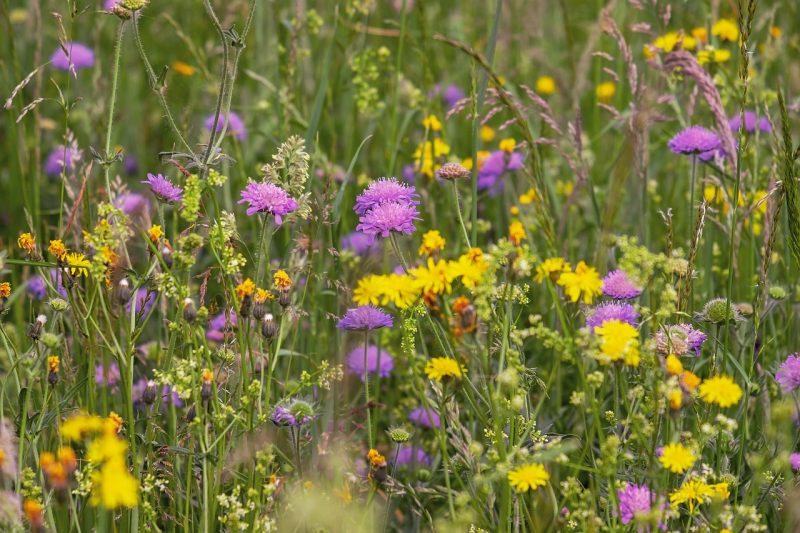
Planting wildflowers on a hillside isn’t just about visual beauty—the area offers a host of ecological benefits as well. Here are some reasons why wildflowers are a fantastic choice for steep or hilly yards:
Erosion Control: The deep root systems of wildflowers hold soil in place, significantly reducing the risk of erosion, especially during heavy rains. They create a natural barrier against soil loss while also stabilizing the slope.
Low Maintenance: Once established, native wildflowers require minimal upkeep. Their adaptation to local conditions means they thrive without the need for synthetic fertilizers or excessive watering.
Biodiversity Enhancement: By planting a diverse array of wildflower species, you contribute to local biodiversity. This revitalizes ecosystems and provides habitats for various insects, birds, and small mammals.
Pest Management: Wildflower gardens can help control pests naturally. The presence of beneficial insects attracted to wildflowers can reduce the need for chemical pesticides and promote a beautifully balanced ecosystem.
Carbon Sequestration: Plants naturally absorb carbon dioxide from the atmosphere. By establishing a wildflower garden, you’re contributing to climate change mitigation through carbon sequestration.
In conclusion, planting wildflowers on a hillside is a worthwhile endeavor that yields a rich tapestry of aesthetics, benefits, and ecological health.


